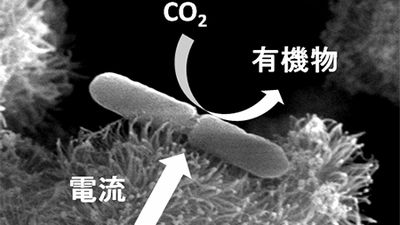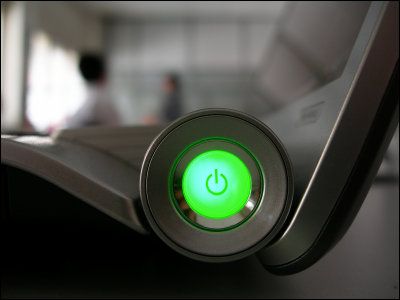Sony Develops Bio Batteries to Generate with Plant Grape Sugar

Sony uses electricity to extract energy by decomposing carbohydrates (glucose), which is a nutrient source contained in plants of living organisms, and extracts electric energy instead of activity energy to generate electricityBio batteryIt seems he has developed "
In addition to achieving the world's highest output of 50 mW, the prototype bio battery realized music reproduction by the walkman using the prototype bio battery.
Details are as follows.
The structure of the bio-cell developed by Sony is an electrode (negative electrode) immobilizing an enzyme that decomposes glucose and an electron mediator, an enzyme that reduces oxygen and an electrode (positive electrode) immobilizing an electron mediator, a separator It seems to be sandwiched between.
Then take in aqueous solution of glucose from the outside on the negative electrode side and take out electrons and hydrogen ions when oxidizing and decomposing glucose by enzyme. Then, the hydrogen ion moves from the negative electrode side to the positive electrode side via the separator, and water is generated by the reduction reaction of oxygen, hydrogen ions, and electrons in the air taken in the positive electrode side. Through the series of electrochemical reactions, electric energy is taken out.
It is like this when I draw it.

There is a movie using a walkman on a bio battery on the following link.
Sony Japan | Press Release | Development of Bio Batteries to Generate with Grape Sugar
Since glucose is a renewable energy source abundantly present on the earth, it is one of the substances synthesized by photosynthesis by plants that received sunlight, so bio batteries that generate electricity with glucose are environmentally friendly future It seems to be expected as an energy device. For that reason, Sony is continuing to research and develop various element technologies, such as improving power generation performance and durability by developing enzyme immobilization methods and electrode materials in the future and aiming for practical application in the future.
This is not only environmentally friendly but also very safe batteries.
Related Posts:







